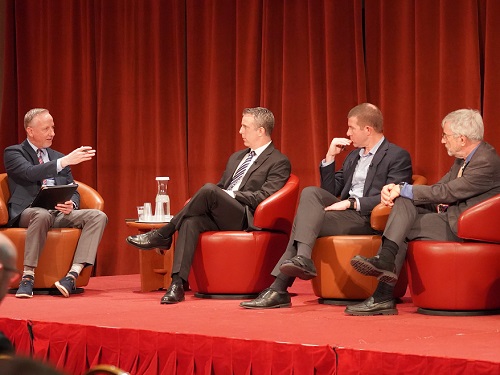Transportation workforce recruiting and retention challenges and opportunities served as the focal point of a knowledge session held during the American Association of State Highway and Transportation Officials 2024 Spring Meeting in Madison, WI.
[Above photo by Wisconsin DOT]
Moderated by Rowland Hoslet, vice president of consulting firm EXP, this knowledge session examined broad labor trends in the transportation and construction sector,s as well as specific recruiting and retention strategies used by state departments of transportation.
Jeff Pelton – assistant secretary-finance and administrative services for the Washington State Department of Transportation – talked about how the COVID-19 pandemic touched off a wave of job resignations, following by a “great reshuffling” of job requirements to include more remote work options, among others.
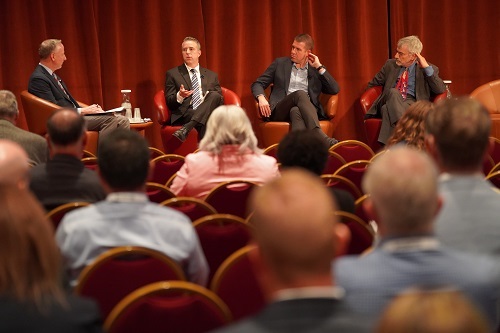
“We’ve made some good recovery as an agency, but the cost has been the experience of our core workforce,” he said. “When you look at the average tenured individual in our organization, it probably hovered in the realm of about 12 to 13 years [before COVID-19] and now we’re down to an experience factor of maybe six or seven years.”
That comes with positives and negatives, Pelton said. “The negatives are you have a workforce that’s maybe less experienced and less refined in your processes,” he pointed out. “We’ve also experienced some significant pain in our operational delivery capabilities that we’re still sorting through today.”
Yet Pelton also noted that there are benefits, too. “They include new ideas coming to the agency and maybe more technically adept individuals coming in as well; the ones bringing this onset of new ideas,” he said.
John Drake – vice president-transportation, infrastructure, and supply chains for the U.S. Chamber of Commerce – noted that there are some very specific challenges faced by the transportation sector that makes job recruiting and retention different from the rest of the workforce.
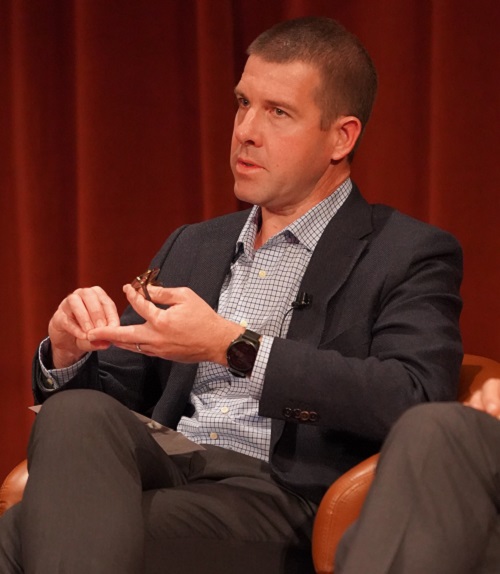
“Specifically, if you’re talking about trucking and railroading, you know the workforce as a whole is about five or six years older on average than it is for the rest of the U.S. population,” he said. “In trucking, over 50 percent of the drivers who are on the road today are closer to 50, with only about 7 to 8 percent of truck drivers in their 20s. So a lot of these drivers are going to be aging out in the next few years.”
He noted that’s also true for aviation, as 50 percent of the aviation workforce faces forced retirement at the age of 65 over the next 15 years.
“It’s the same in railroading, all across the board, this demographic problem,” Drake noted. “But there are also increased challenges as new industries have come online in the last 10 to 15 years that are competing for those workers in ways that they weren’t before, like Amazon, that offer consistent hours where you can actually be home every night.”
From a broad perspective, Ken Simonson – chief economist for the Associated General Contractors of America Inc. – noted that, particularly in the construction sector, the number of job openings has been higher than the number of jobs filled in recent years. That is making it harder to fill construction positions, even as available work on infrastructure projects remains high.
“In most years, the number of people hired over 28 or 29 days greatly exceeds the number of openings on a single day,” he explained. “But that situation has reversed in the last two to four years, depending what month you’re looking at. To me, the implication is that the [construction] industry wanted to hire twice as many people as it was able to bring on board.”

Added to that is that construction work has always been “a hard sell,” Simonson noted, and with new industries such as Amazon offering less physically demanding work for similar pay, the pool of available labor has shrunk.
“Remember in construction you have to work outdoors in all kinds of weather; not the most pleasant surroundings sometimes; getting up earlier and being on the job earlier than maybe I’d like to get up in the morning; and staying out there no matter what,” he noted. “Also, now many jobs can be done on a remote or hybrid basis with flexible work hours; things that still aren’t possible for on-site construction jobs. So I think the industry is going to have to bid even more [in terms of pay packages] to get workers.”
Yet WSDOT’s Pelton said that dealing with such issues doesn’t always come down to salary. In fact, he said state DOTs are in some ways well-suited to recruit and retain workers based on the work culture they can create.
“The concept of ‘belonging’ is something that’s really resonated with our organization and I think has actually helped our retention,” he said. “Because it’s something that people really identify with; they’re like, ‘Yeah, I want to belong.’ So we’ve built that into our onboarding processes.”
It’s also about getting in front of potential employees early – especially when they are high school students, Pelton noted. “I think there’s a major battle even before people get to us,” he explained.
“We’re implementing a program where we’re going out and reaching out to high schools. We’ve targeted primarily those high schools that lean toward vocational and technical studies,” Pelton noted. “It’s never too early to teach the upcoming generation about science and technology and math; how we orient them to this [transportation] career field. I think high school is probably the best spot for us or the one that we have the greatest amount of capability to influence.”
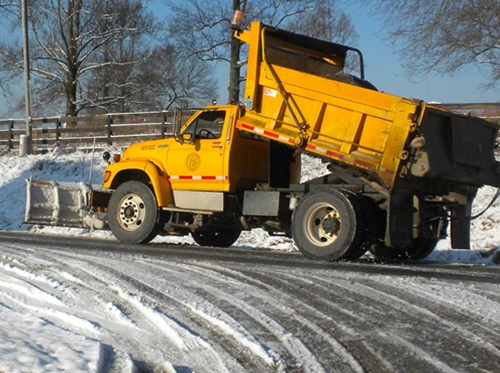 Top Stories
Top Stories
State DOTs Making Preparations for Wintertime Operations
December 12, 2025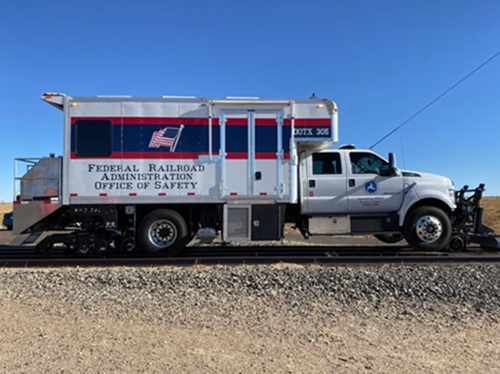 Top Stories
Top Stories
